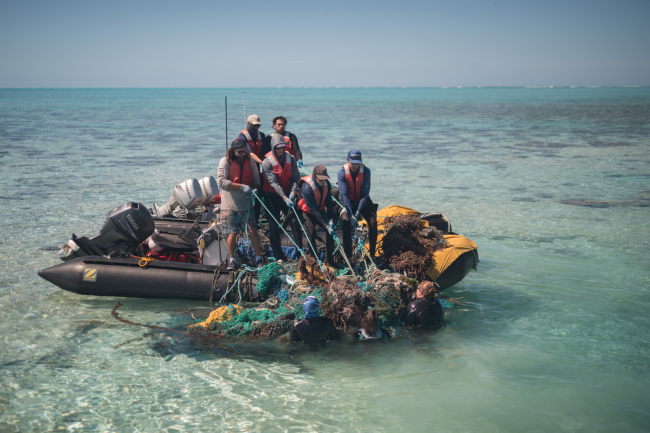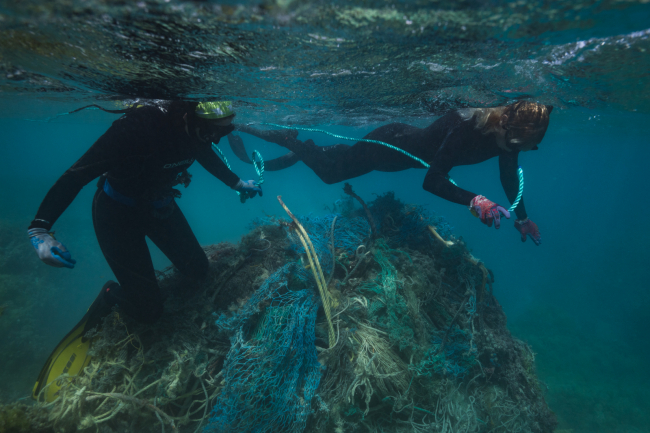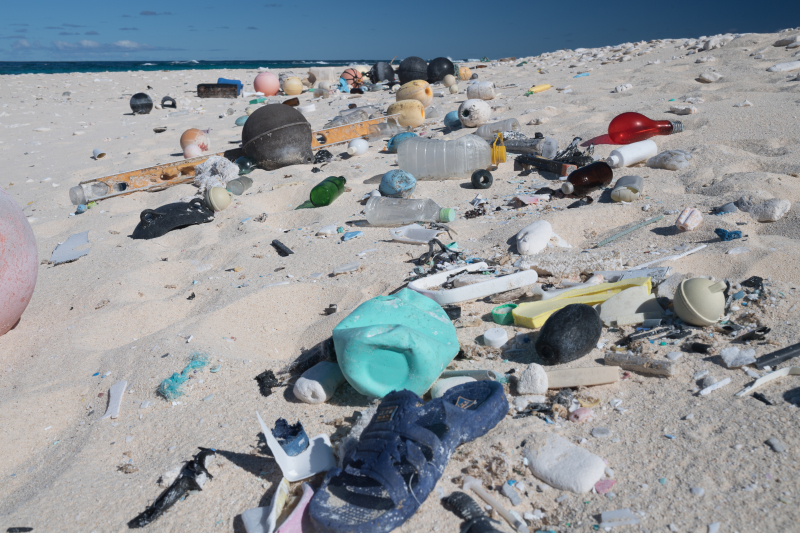
The Papahānaumokuākea Marine National Monument (monument) is integral to Native Hawaiian culture and is a sacred landscape. Unfortunately, marine debris has and continues to pose a significant threat to its natural and cultural resources. We are pleased to support the NOAA Pacific Islands Fisheries Science Center’s Marine Debris Project team as they launch a 30-day mission in the monument with support from the non-profit Papahānaumokuākea Marine Debris Project.
The Hawaiian Islands are located in the North Pacific Gyre and are the most remote island chain in the world, yet the beaches are littered with marine debris, including the shores of the largely uninhabited monument. The North Pacific Gyre carries marine debris from all over the Pacific Ocean to Hawai‘i, and because of where these islands are located, large amounts of debris wash up on shorelines and get caught in reefs. An estimated 52 metric tons of derelict fishing gear from commercial fisheries all over the Pacific float into the monument every year, and many of these nets become entanglement and ingestion hazards. Heavy nets also put important reef habitats in danger of abrasion and scouring. The monument is home to more than 7,000 marine species and a total of 23 species that are listed under the U.S. Endangered Species Act, including the threatened Hawaiian green sea turtle, endangered Hawaiian monk seal, and the critically endangered Laysan duck.
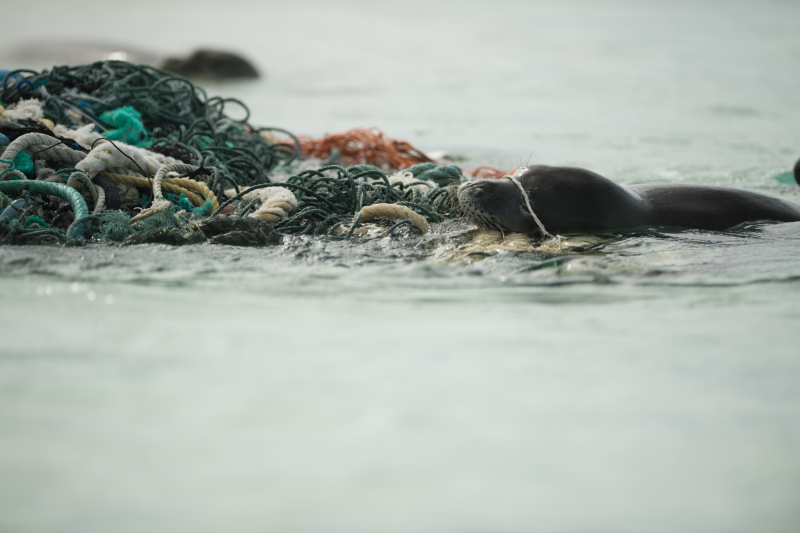
Since 1996, NOAA has removed a total of 923,000 metric tons of debris through near annual marine debris removal missions in the monument, and the NOAA Marine Debris Program has supported these missions since 2006. During the most recent mission in 2018, ten scientists from the NOAA Pacific Islands Fisheries Science Center removed over 74 metric tons of debris in 41 days. Some of the derelict fishing gear removed included 10,596 buoys and floats, 7,797 oyster aquaculture spacers, and 2,575 nets and net fragments. This history of marine debris removal missions in the monument have been made possible through a collective effort of partners who collaborate and share limited resources to conserve and protect the monument.
This mission will build on past protection efforts by removing 115,000 pounds of derelict fishing gear and plastic debris from the shallow coral reef and shoreline environments of the monument aboard the charter vessel IMUA. Activities will take place at Kure Atoll (Hōlanikū, Mokupāpapa), Midway Atoll (Kuaihelani, Pihemanu), Pearl and Hermes Atoll (Manawai, Holoikauaua), Lisianski Island (Kapou, Papa‘āpoho), Laysan Island (Kamole, Kauō), Maro Reef (Kamokuokamohoali‘i, Ko‘anako‘a, Nalukākala), and French Frigate Shoals (Lalo, Kānemiloha‘i, Mokupāpapa).*
The marine debris removal team will also conduct surveys to assess the amount of marine debris on coral reefs and shorelines in the monument, evaluate the amount of debris that has accumulated since the 2018 mission, assess the impacts of derelict fishing gear on coral reef environments, and increase public awareness of marine debris issues through communication and outreach. The mission is led by the NOAA Pacific Islands Fisheries Science Center and funded by the NOAA Marine Debris Program and NOAA Damage Assessment Remediation and Restoration Program, with additional support from Papahānaumokuākea Marine Debris Project, U.S. Fish and Wildlife Service, State of Hawai‘i, NOAA Office of National Marine Sanctuaries, and other NOAA programs.
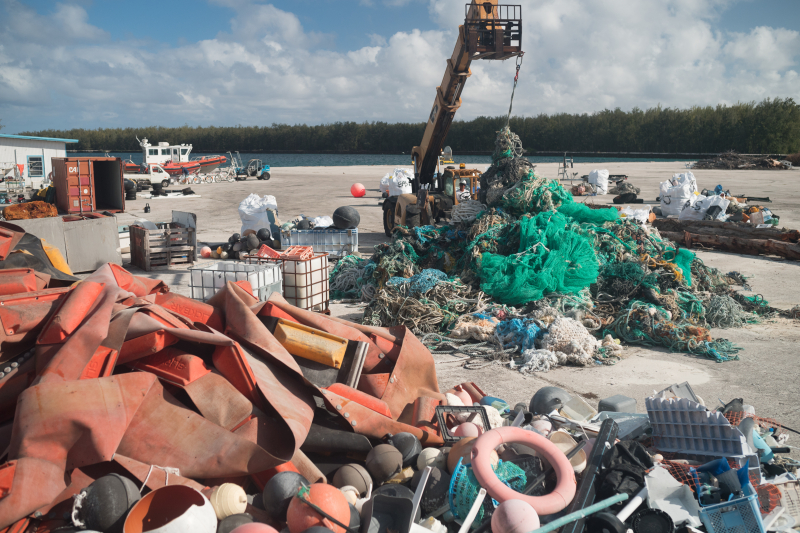
Over the course of the mission we will share more about the damaging effects of marine debris in the monument and report on the outcome of this important effort on our blog. Throughout the mission, you can follow NOAA Pacific Islands Fisheries Science Center Twitter and Facebook accounts for pictures and progress updates. On September 22, the mission will return to port at the NOAA Daniel K. Inouye Regional Center, where the collected debris will be sorted and disposed of. We look forward to sharing the results of the mission with you upon its completion!
*It is important to use the ancient, contemporary, and common names of the islands to acknowledge the historical and cultural significance of Papahānaumokuākea Marine National Monument. Learn more about the ancient and contemporary Hawaiian names.

